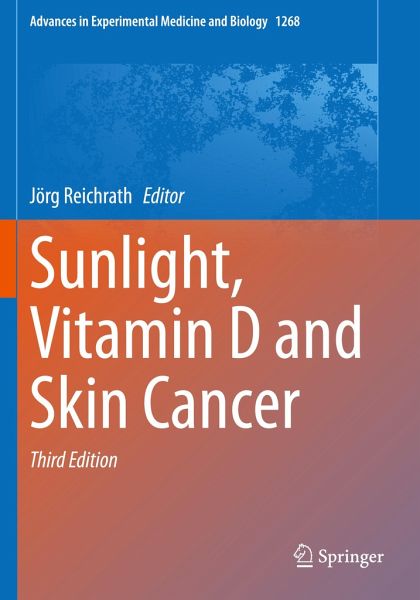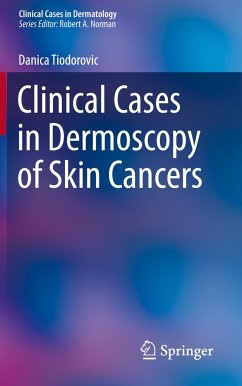
Sunlight, Vitamin D and Skin Cancer
Versandkostenfrei!
Versandfertig in 6-10 Tagen
117,99 €
inkl. MwSt.

PAYBACK Punkte
59 °P sammeln!
The third edition is a comprehensive and updated overview of positive and negative effects of UV-exposure, with a focus on Vitamin D and skin cancer. Researchers, oncologists,and students will be provided with the most significant and timely information related to topics such as the epidemiology of skin cancer, the immune system and skin cancer, ultraviolet damage, DNA repair and Vitamin D in Nonmelanoma skin cancer and malignant melanoma. There have been a number of new, scientific findings in this fast moving field that necessitated a thoroughly updated and revised edition including new Vita...
The third edition is a comprehensive and updated overview of positive and negative effects of UV-exposure, with a focus on Vitamin D and skin cancer. Researchers, oncologists,and students will be provided with the most significant and timely information related to topics such as the epidemiology of skin cancer, the immune system and skin cancer, ultraviolet damage, DNA repair and Vitamin D in Nonmelanoma skin cancer and malignant melanoma. There have been a number of new, scientific findings in this fast moving field that necessitated a thoroughly updated and revised edition including new Vitamin D metabolites and skin cancer, new findings on the beneficial effects of UV and solar UV and skin cancer, adverse effects of sun protection and sunscreens, sun exposure and mortality, and more. The book will summarize essential, up-to-date information for every clinician or scientist interested in how to balance the positive and negative effects of UV exposure to minimize the risks of developing vitamin D deficiency and skin cancer.














